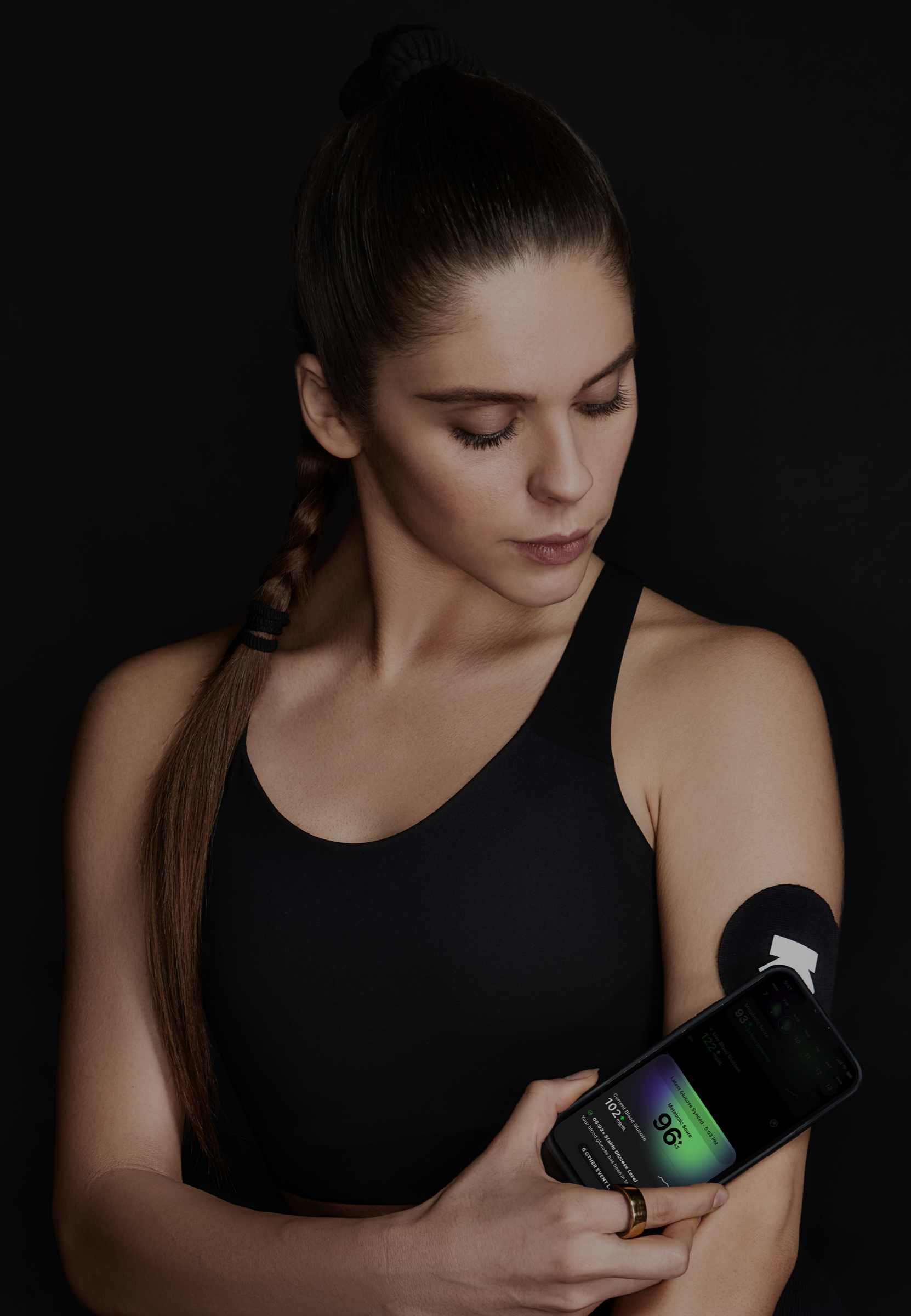
Buffet breakfast (1 piece)
Breakfast
136 mg/dL
avg. peak value
Usually causes a large spike
Avg. Food Score on Ultrahuman App
Ultrahuman Users got an UNSTABLE response
How to consume Buffet breakfast without glucose spikes
Stay Hydrated
Drink plenty of water before and during your meal to help manage blood sugar levels and aid digestion.
Start with Fiber-Rich Foods
Begin your meal with foods high in fiber, such as oatmeal, whole grain toast, or a small serving of fruit like berries to slow down sugar absorption.
Incorporate Healthy Fats
Add sources of healthy fats like avocado or a small handful of nuts to your meal to help stabilize blood sugar levels.
Add Protein
Include protein-rich foods such as eggs or Greek yogurt, which can help reduce the rise in glucose levels.
Choose Whole Grains
Opt for whole grain options when selecting bread or cereals to help maintain steady blood sugar levels.
Mind Your Portions
Be mindful of portion sizes to avoid overeating, which can lead to higher glucose spikes.
Consume Slowly
Eat at a slower pace to give your body time to process the food you are consuming.
Limit Sugary and Processed Foods
Avoid highly processed breakfast items and pastries that can cause rapid spikes in glucose levels.
Include Vegetables
Add non-starchy vegetables like spinach or tomatoes to your plate for added nutrients and fiber.
Engage in Light Activity Post-Meal
Take a short walk after eating to help lower blood sugar levels and improve insulin sensitivity.

Discover
metabolic
health with M1
Ultrahuman M1 helps you measure the impact of food and activity on your body in real time through glucose as a biomarker.
Explore Ultrahuman M1Find Glucose response for your favourite foods
Explore OGDbYour cart is empty
Browse through our products and find something for you.
